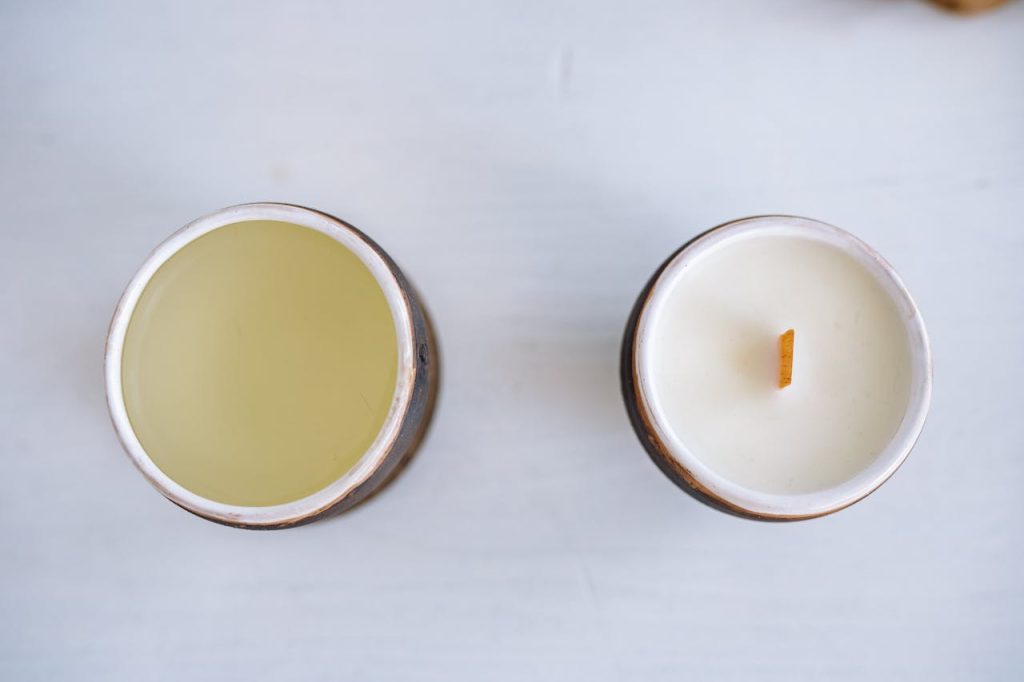There are so many candle terms that you need to know if you are going to master your candle making skills. Here are the important ones that we as candle makers ourselves, actually had a hard time with when we first started out:
The Most Common Candle Terms
| Term | Definition |
|---|---|
| FO | Fragrance Oil. |
| FL | Fragrance Load. (The amount of fragrance you will use, usually referred to in percentage) |
| Cold Throw | How strong a candle smells when you smell it, before burning. |
| Hot Throw | How strong a candle smells while it is burning. |
| Melt Pool | The pool of liquid wax that surfaces on top of your candle after burning it, or while it is being burnt. |
| Curing | The time needed for the candle to rest after being made. This defers from one wax to another. |
| Flashpoint | The maximum temperature a fragrance oil can handle before being evaporated. You can pour your fragrance into the wax, below that temperature. |
| Sinkhole | A hole that happens in your candle, usually around the wick, due to the wrong pouring temperature. |
| Frosting / Crystallization | A white layer that forms on top of your candle, and is natural to happen with vegetable waxes, mostly soy wax. You can read more about this in our frosting guide. |
| Notes | Fragrance notes are usually referred to as top, middle, and base notes. These are the different scents that form a fragrance. |
| Wet Spots | Small spots that look wet, and that happen as a result of the wax contracting and separating from the jar causing an aesthetic problem. Usually most visible in transparent jars, and this is normal in vegetable waxes, especially soy wax. |
| Mushrooming | When a wick turns into itself, and makes a mushroom shape on top. This happens due to an excess supply of liquid wax to the wick. |
| Sweating | Small drops of fragrance oil that seep outside the wax, and stay on top of the candle, even after cooling. |
| Under wicked | When the candle is a few wick sizes smaller than what is needed. |
| Over wicked | When the candle is a few wick sizes bigger than what is needed. |
| Tunneling | When the wick burns the candle in a downward formation while leaving a big trail of wax on the sides of the jar, this usually means the wick is small. |
| Melt point | The temperature at which the wax turns from solid to liquid. |
| Pillar candles | Candles made with different molds, usually for decorative purposes. This type of candle comes without a jar. |
| Container candles | Candles that are made with jars or containers, which are filled with wax. |

